Wondering what things to do in Bologna during your stay ? Enjoy a day trip to Rimini !
Known mainly for its beautiful beaches and nightlife, a trip from Bologna to Rimini during your vacation in Italy can also reveal very welcome surprises for those who love history and art. Rimini is about 110 km (73miles) from Bologna and can easily be reached by train (1.10hrs) or via car (1.20hrs).
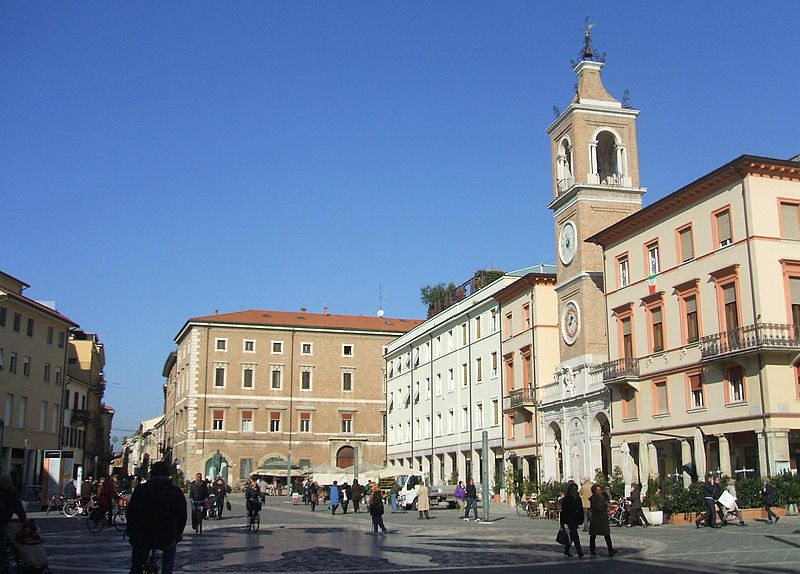
The story of Rimini is very old; on the bridge of Tiberius, the Roman inscription engraved on the parapet leaves no doubt about it, and in 2014 the bridge celebrates its two thousandth birthday. An impressive, elegant and solid construction, the bridge has always watched over the life of Rimini. Its perfect arches seem to reflect on the water the open smile of the city. Considered a symbol, it has survived centuries of earthquakes, floods and terrible war events, from the Goths to the Germans. At the end of the Second World War, the bridge was in danger of destruction but was fortunately saved by the common sense of a German officer who, at the last minute, revoked the order to demolish the monument.The 2000 year anniversary of Tiberius’ Bridge could be an excellent opportunity to learn more about the roman Rimini of which many examples remain in the Old Town.
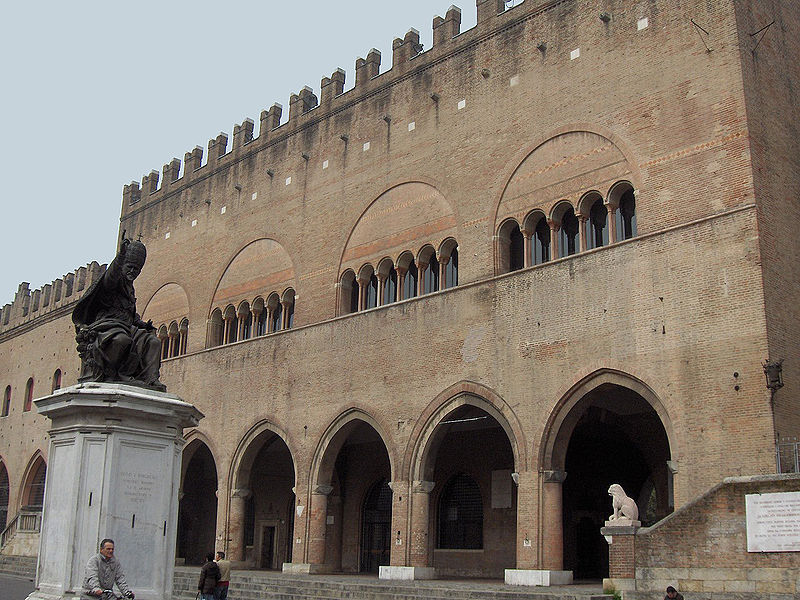
The route will take you back in time to 268 BC, when the Romans founded the colony of Ariminum, named after the river Ariminus, now known as Marecchia. Rome at the time was in a period of great expansion and the valley colony was a strategic outpost for the conquest of the northern lowlands. Just think that the Via Flaminia came from Rome all the way to Ariminum and, just past the bridge of Tiberius, began the Via Emilia which led to Piacenza. Throughout the Roman period, the ancient Rimini was an important city, a communication nexus between the north and south of the peninsula. It is no wonder then that the Roman emperors Augustus, Tiberius and Hadrian all had magnificent monuments built on its soil.
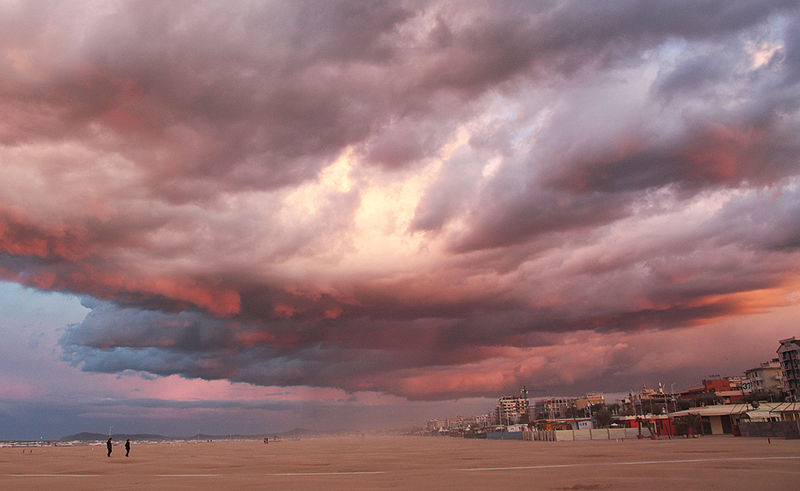
The walk can start right from the bridge, located at the end of corso Augusto. Cross the mighty structure that connects the historical center to the hamlet of San Giuliano. The perfect vantage point to admire the five white stone arches of the bridge is a small clearing with benches in the shade of a pine. On the structure, you can see decorations that symbolize the civil and religious power of the emperors: the laurel wreath and shield in the center, while on the sides are the scepter of the priest, the pitcher, and the plate for the sacrifices. You can also admire the bridge from the water with an impressive boat tour; better yet, go at night when the bridge is illuminated.
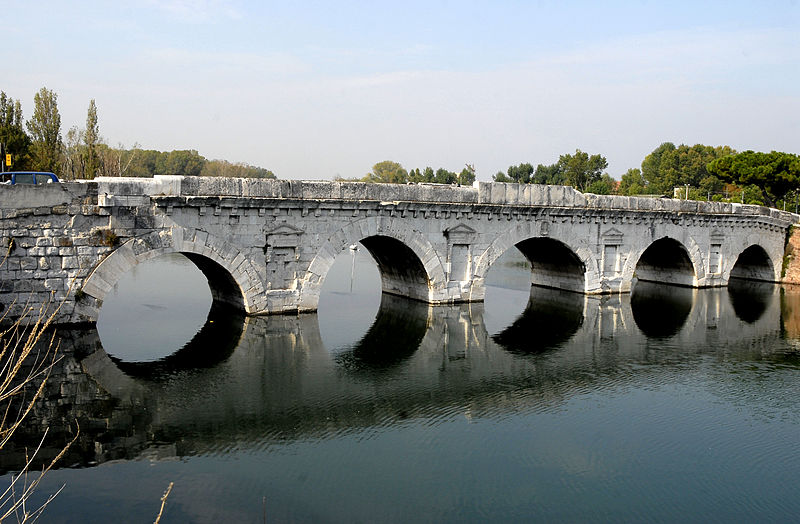
After crossing corso Augusto, it is a ten minute walk to the Arch of Augustus, which resembles the entrance to a temple thanks to its fluted columns and pediment. Built in 27 BC, it is a stately stone monument that celebrates the emperor. The outer side looks on Via Flaminia, which comes from Rome, while the inner side faces the city. At the center of the inner side stands an ox head with large horns, perhaps in memory of the sacrificial rites during the founding of the city.
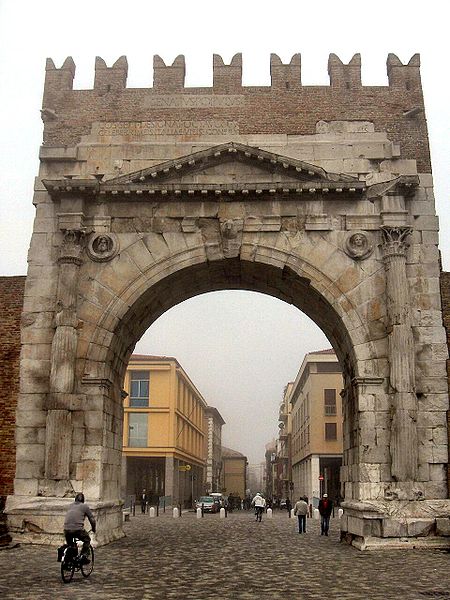
Meanwhile, on the outer side is the head of Medusa with snakes on her head and a look of scorn on her face, the purpose of which was to keep away evil spirits. Another ten minute walk from the Arch and you arrive at the ruins of an ancient arena that was able to accommodate 12,000 spectators, and piazza Tre Martiri which was the site of the ancient forum of Ariminum, the political and economic meeting place of this roman city.
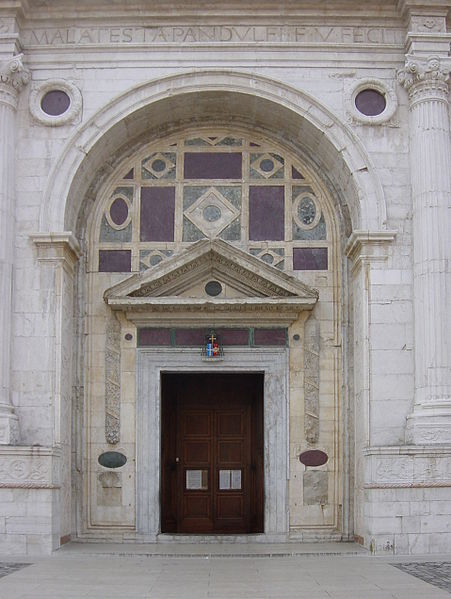
The visit to Rimini is not complete without going to the Malatesta Temple, Renaissance jewel of the city. Of note is how Leon Battista Alberti, the architect of the church in 1450, was inspired by the great Roman monuments around him; indeed, the columns of the façade are modeled on the Arch of Augustus, while the sides of the temple are reminiscent of the wide arches of the bridge of Tiberius.
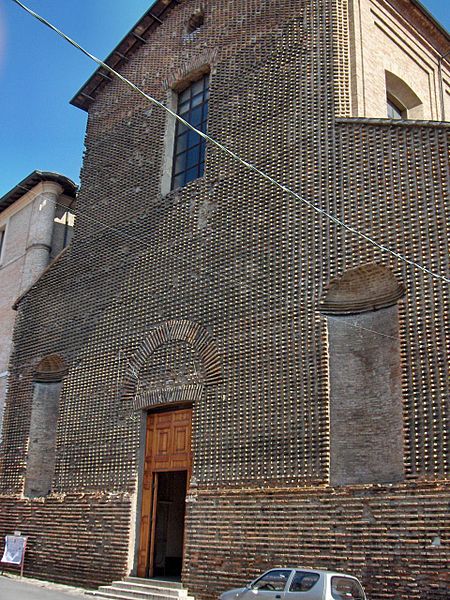
Also important are the archaeological finds of Rimini that depict the private life of its former inhabitants. Really worth a visit are the excavations of the “Surgeon’s House”, a studio full of medical instruments such as scalpels, pincers and pliers. Finally, there is the Museum of the City which is full of coins, mosaics, frescoes and jewels from the Roman era. Here are the things to do in Bologna during your stay in Italy.
Photos by RiminiCity, George Jansoone (2 & 5), Vanz, Heiko Trurnit, Giovanni Dall’ Orto, JoJan from Wikipedia Creative Commons


